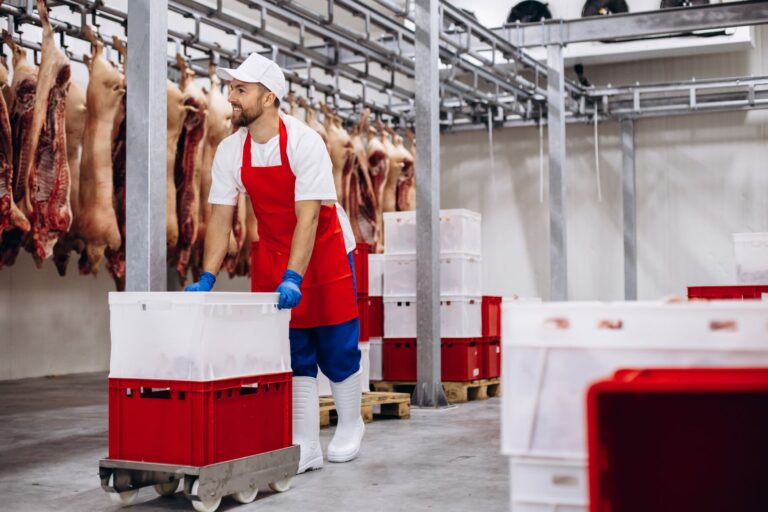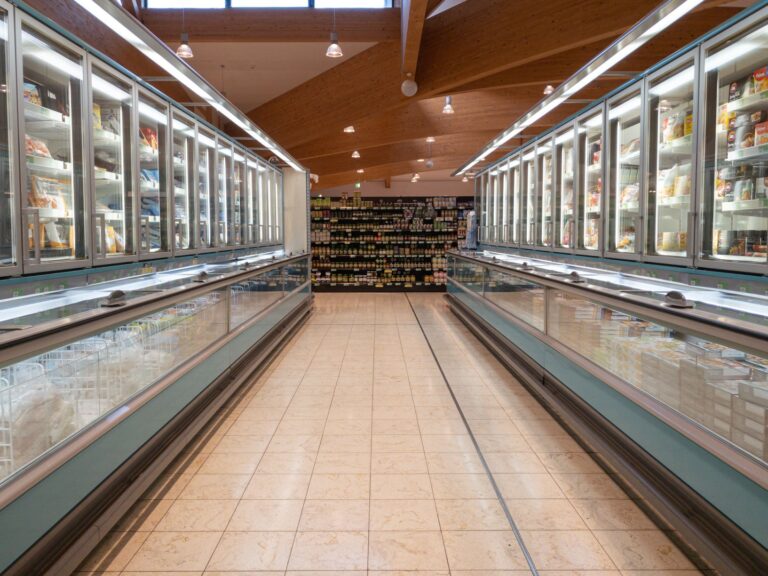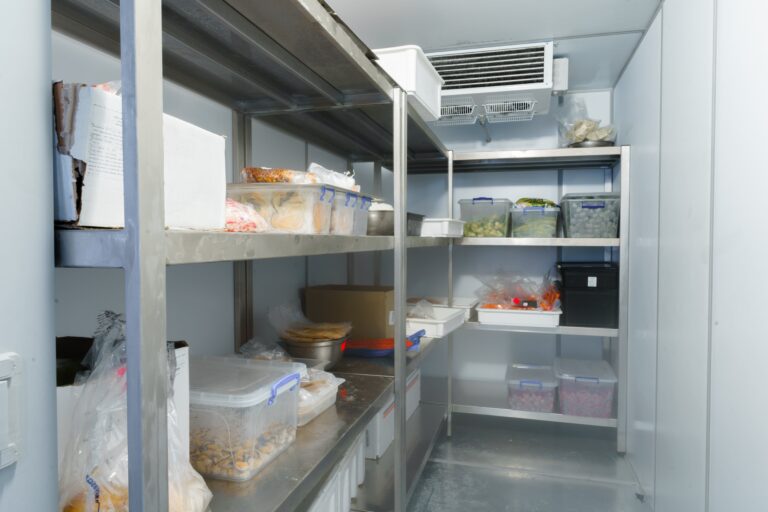To make this measure more effective and tailored to the specific context of your company, we recommend that you first perform an overall analysis of your energy situation.
Heat recovery from the condensers of the refrigeration units to preheat domestic hot water (DHW)
A refrigeration cycle works by capturing heat from the evaporator inside the cold rooms, to subsequently discharge it towards the condenser outside the building. This project aims to recover this heat to preheat domestic hot water (DHW) which is a must in all butcher shops. To do this, a heat exchanger is installed between the compressor and the condenser of the refrigeration unit.
This measure could reduce energy consumption and carbon emissions by 10 to 30%, thereby significantly reducing or even eliminating energy demand for domestic hot water (DHW) production. However, its implementation is complex and will require a temporary production shutdown to during the installation.
In practice, recovery can be implemented in three different ways:
- External exchanger: an exchanger is connected on one side to the compressor outlet and on the other to the hot water tank, allowing for partial heat recovery.
- Internal exchanger: a “desuperheater” exchanger through which the refrigerant flows is integrated at the bottom of the hot water tank upstream of the condenser.
- Condensation water collector: all of the refrigerant is condensed inside the hot water tank, allowing for total heat recovery.
Energy and environmental impact
The two joint positive effects are:
- Energy gain: by recovering the energy discharged outside (waste heat), the energy demand for the production of DHW can be reduced significantly.
- Environmental gain: using this waste heat for DHW production reduces the environmental impact, with a particularly positive effect on carbon emissions if the DHW was initially produced by burning fossil fuels.
State subsidy application
State subsidies
Please note: any application for government or non-government subsidies must comply with the “incentive effect”, subject to compliance with the subsidy conditions.
To ensure that the ‘incentive effect’ is respected, no binding commitment (signing a quotation; paying an advance) may be made BEFORE submitting the application file or receiving the agreement in principle from the State or the electricity and natural gas supplier following an application for subsidies.
- Financial Aid for small and medium-sized enterprises covering up to 70% of eligible costs for the implementation of a project aimed at reducing the environmental impact. The eligible project budget must be in a range from 3.000 € to 25.000 € excl. VAT.
- For more information:
- Chambre des Métiers for craft companies
- Chamber of Commerce for businesses in the non-craft sectors
Environmental protection scheme – Investment aid for the protection of the environment
- Verification of company eligibility and costs: General Directorate – Industry, New Technologies and Research
- Support in drawing up the subsidy application file prior to submission to the Ministry of the Economy
- For any questions: Luxinnovation
- More information and recommendations for companies on investing in the environment are available in the Guide simplifié pour les entreprises (Simplified Guide for Businesses)
- Support in drawing up the subsidy application file prior to submission to the Ministry of the Economy
N.B. State subsidies cannot be combined for the same project
Subsidies from electricity and natural gas suppliers
Since 2015, natural gas and electricity suppliers are required to make energy savings for consumers under the obligation scheme. Since then, energy suppliers have been offering support and advice, as well as subsidy programmes for consumers to implement energy efficiency measures.
The following suppliers offer this service for companies:
N.B. Supplier subsidies can be combined with any state subsidies for the same project.


